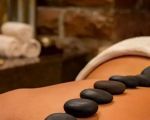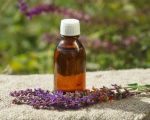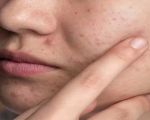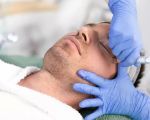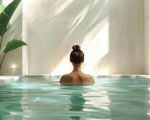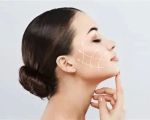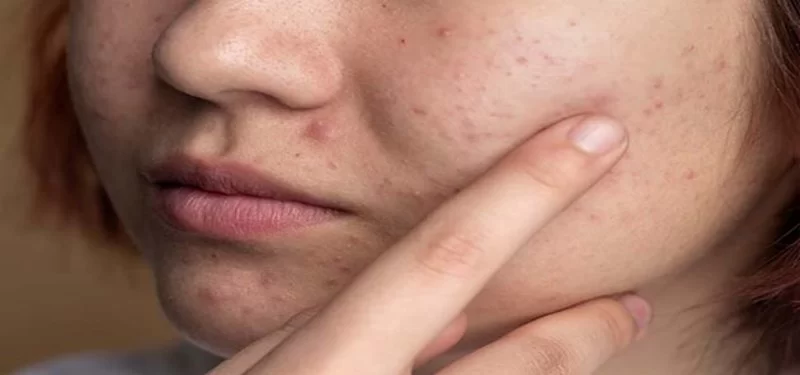
- understanding-why-acne-scars-need-targeted-treatments
- microneedling-the-skin-rejuvenation-game-changer
- chemical-peels-gently-resurfacing-the-skin
- led-light-therapy-soothing-and-repairing
- microdermabrasion-vs-hydrodermabrasion-what-to-choose
- real-patient-stories-and-long-term-strategies
- choosing-the-right-treatment-and-where-to-go
1. Understanding Why Acne Scars Need Targeted Treatments
Acne scars can be more than skin-deep—they affect confidence and self-perception. Many people try over-the-counter creams or home remedies, only to realize that deeper scars require more advanced solutions. This is where the best spa treatments for healing acne scars come into play. Scars, especially atrophic or pitted ones, occur when collagen production is disrupted during healing. Professional spa treatments offer targeted approaches that stimulate regeneration, reduce pigmentation, and smooth skin texture. With the growing demand for natural-looking results and non-invasive methods, spa therapies now stand as powerful allies in acne scar recovery—both physically and emotionally.
2. Microneedling: The Skin Rejuvenation Game-Changer
Microneedling has become one of the best spa treatments for healing acne scars due to its collagen-inducing powers. Also known as collagen induction therapy, this procedure involves using tiny needles to create micro-injuries in the skin, prompting natural healing and cell turnover. Over time, the skin becomes firmer, smoother, and more even. Clients at Spa often report noticeable results within 4–6 sessions, with minimal downtime and few side effects. Dermatologists also recommend microneedling for treating rolling or boxcar scars, which respond well to this technique. The addition of PRP (platelet-rich plasma) can further accelerate results, making it a popular option for people seeking holistic skin rejuvenation.
3. Chemical Peels: Gently Resurfacing the Skin
Chemical peels have long been trusted in the skincare industry. These treatments work by applying a controlled chemical solution (like glycolic, lactic, or salicylic acid) to the face, which exfoliates the top layers of damaged skin. When done correctly by licensed professionals, peels reduce the appearance of hyperpigmentation, improve skin tone, and help fade acne scars. Spa guests often choose light to medium-depth peels every few weeks, allowing gradual and safe improvement without significant downtime. One client described her experience as “like revealing the skin I had before acne even happened.” Peels are especially effective for post-inflammatory erythema and discoloration, making them ideal for many skin tones when tailored properly.
4. LED Light Therapy: Soothing and Repairing
Light Emitting Diode (LED) therapy has evolved from a celebrity skincare secret to a go-to spa solution. Blue light helps kill acne-causing bacteria, while red and infrared lights promote collagen production and cellular repair. Although not a standalone solution for deep scarring, LED therapy complements treatments like microneedling or peels. Many people incorporate LED sessions into their skincare routine at Spa to accelerate healing and reduce redness. The beauty of LED therapy lies in its non-invasiveness—no pain, no downtime, and surprisingly noticeable benefits. This makes it a perfect maintenance tool for those with sensitive skin or who want ongoing scar reduction between other sessions.
5. Microdermabrasion vs. Hydrodermabrasion: What to Choose
When comparing microdermabrasion and hydrodermabrasion, the key difference lies in gentleness and hydration. Microdermabrasion mechanically exfoliates the outer layer of the skin using tiny crystals, helping reduce surface irregularities. Hydrodermabrasion uses water and serums instead, making it gentler and more hydrating. Clients with early-stage acne scars or rough skin texture often prefer hydrodermabrasion for its soothing effects. However, microdermabrasion remains popular for those with tougher scars and thicker skin. At Spa, estheticians assess individual skin needs before recommending one over the other. Either treatment can be a great entry point for those hesitant about more intense options, and both help prep the skin for deeper treatments that follow.
6. Real Patient Stories and Long-Term Strategies
Emily, a 29-year-old teacher, began her acne scar healing journey after years of trying topical creams with little success. She started with chemical peels at Spa and gradually moved on to microneedling. “After five sessions, I noticed a glow I hadn’t seen in years,” she recalls. Her routine included monthly LED therapy, and she now books quarterly maintenance sessions. Another client, Marco, found microdermabrasion the most comfortable starting point and added light peels as his skin adapted. These stories reflect a key truth: healing is personal and often involves a combination of treatments. The best spa treatments for healing acne scars are those designed with long-term strategy, consistency, and professional oversight.
7. Choosing the Right Treatment and Where to Go
The journey to clearer, scar-free skin doesn’t begin with just one treatment—it starts with the right guidance. That’s why visiting a qualified facility like Spa is crucial. Skilled estheticians evaluate your skin type, scar depth, and goals to build a personalized plan. They combine treatments like microneedling, LED therapy, and chemical peels in safe intervals to avoid irritation and maximize healing. Investing in the best spa treatments for healing acne scars means investing in your skin’s future—confidently, safely, and with visible results. If you’re tired of covering up and ready to heal from within, trust in professionals who understand both the science and the emotional weight of skincare. Book a consultation and take the first step today.

